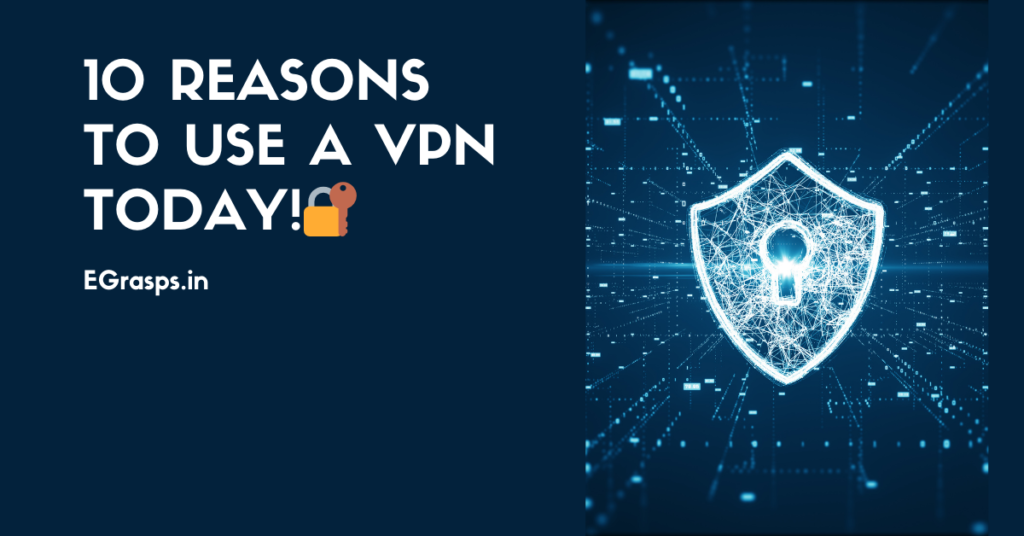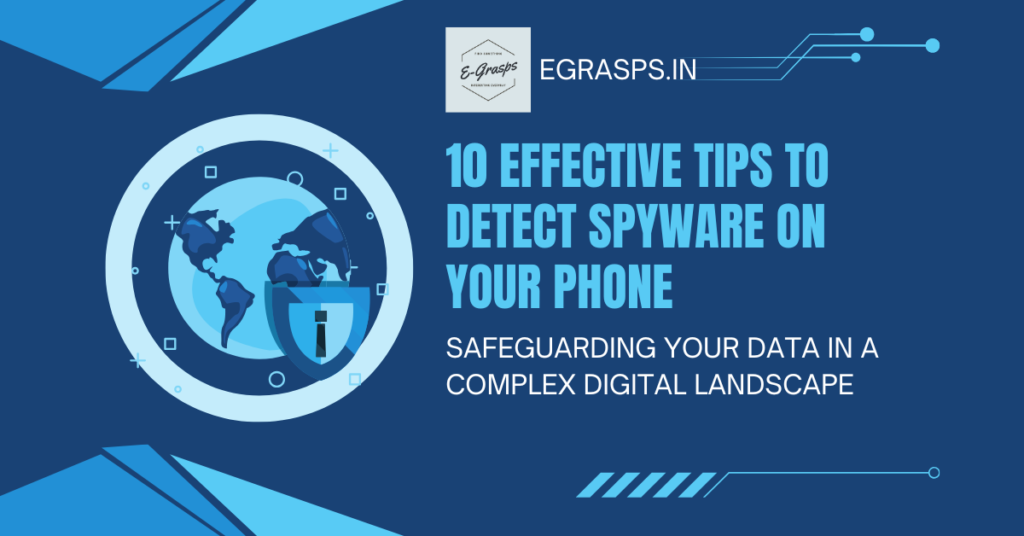Organizations dealing with cloud computing encounter a variety of security issues that call for a proactive and well-defined incident response plan. A strong plan to identify, address, and recover from security breaches is critical as more and more firms move their activities to the cloud. In this blog post, we will delve into the intricacies of incident response in the cloud and outline the key components that constitute an effective plan.

Understanding the Cloud Security Landscape
Before delving into incident response, it’s crucial to comprehend the unique aspects of securing cloud environments. Cloud computing presents a shared responsibility model in which cloud service providers (CSPs) are in charge of the cloud infrastructure’s security, while customers are in charge of protecting their data and applications on the cloud.
In contrast to typical on-premises systems, the distributed nature of cloud services and the dynamic and elastic nature of cloud resources necessitate an alternative approach to incident response. Conventional approaches might not work in the cloud, so businesses must adjust and create a thorough incident response plan that addresses cloud-specific challenges.
Key Components of an Effective Incident Response Plan
- Preparing and Planning: Careful planning is the cornerstone of a strong incident response strategy. This entails creating channels of communication, outlining roles and duties, and holding frequent drills and training sessions. Cloud-specific considerations include understanding the shared responsibility model, identifying critical assets in the cloud, and ensuring integration with cloud service provider tools.
- Cloud-specific Tip: Leverage CSP-provided tools and services for logging, monitoring, and alerting. Familiarize your team with these tools to enable quick response and analysis.
- Detection and Analysis: In the cloud, reducing the effect of security issues requires quick detection. Identify odd activity by using advanced threat detection technologies and anomaly detection systems. Cloud-native security services, such as AWS CloudTrail and Azure Security Center, offer useful insights into user and resource activity.
- Cloud-specific Tip: Implement automated alerts for suspicious activities and leverage machine learning algorithms to identify patterns indicative of potential security incidents.
- Containment and Eradication: Once an incident is detected, the next step is to contain and eradicate the threat. This entails separating impacted resources in the cloud and, if required, undoing modifications. Automated response mechanisms, such as auto-scaling groups and serverless computing, can play a vital role in containing incidents by isolating compromised components.
- Cloud-specific Tip: Leverage Infrastructure as Code (IaC) to quickly and consistently redeploy resources in a secure state, reducing the time to contain and eradicate threats.
- Communication and Coordination: To guarantee that all parties involved in an incident are informed and participating in the response activities, effective communication is essential. Clearly define channels and procedures for communication within the company as well as with outside parties. Cloud-specific events could need working with the CSP’s incident response team, which highlights how crucial it is to have partnerships in place with cloud providers.
- Cloud-specific Tip: Document and regularly update contact information for key personnel at the cloud service provider to facilitate swift communication during incidents.
- Recovery and Post-Incident Analysis: After containing the incident, the focus shifts to recovery and post-incident analysis. Cloud environments make it possible to deploy resources quickly, which speeds up recovery. Analyze the occurrence in detail, recording any lessons learned and revising the incident response strategy as necessary.
- Cloud-specific Tip: Leverage cloud-native backup and recovery services to ensure data integrity and streamline the recovery process.
Challenges and Considerations in Cloud Incident Response
While building an incident response plan for the cloud, it’s essential to acknowledge and address specific challenges:
- Multi-Cloud Complexity: Coordination of incident response across several cloud providers is an issue for organizations using multi-cloud infrastructures. Make sure your plan takes into account the specifics of every cloud environment and lays out precise protocols for handling problems that occur across different clouds.
- Shared Responsibility Model: Understanding the shared responsibility model is paramount. Clearly define the responsibilities of both the organization and the cloud service provider to avoid gaps in security coverage.
- Compliance and Legal Considerations: Cloud incident response must align with regulatory requirements. Ensure your plan considers compliance obligations and legal considerations, especially in the context of data breach notifications and reporting.
Conclusion: Continuous Improvement and Adaptation
In conclusion, building an effective incident response plan for the cloud is an ongoing process that requires continuous improvement and adaptation.
Regularly review and update the plan to account for changes in the threat landscape, advancements in cloud technologies, and lessons learned from previous incidents.
By understanding the nuances of cloud security, embracing automation, and fostering a culture of preparedness, organizations can develop an incident response plan that not only mitigates the impact of security incidents but also enhances overall resilience in the dynamic world of cloud computing.
Remember, the effectiveness of an incident response plan is not only measured by how well it responds to incidents but also by how well it adapts to the evolving challenges of the cloud environment.
Reach out to us for training on Cyber Security for your organization/employees.
We hope that we bring some value to your life by posting our content, which might meet your expectations. You can always comment on the post to give feedback or reach out to us through email to share what you like to read on our blog.
Reach out to us using email: [email protected]
Open Demat Account with Upstox | Zerodha
Find More Articles on Our Website: EGrasps
You can reach out to us on WhatsApp.
Disclaimer:
- All the information provided by us “EGrasps.in” are for educational purposes only.
- Display of any trademarks, tradenames, logos, and other subject matters of Intellectual Property (IP) belongs to their respective Intellectual Property (IP) owners. Display of such IP along with the related product information does not imply EGrasps.in‘s partnership with the owner of the Intellectual Property or issuer/manufacturer of such products.



